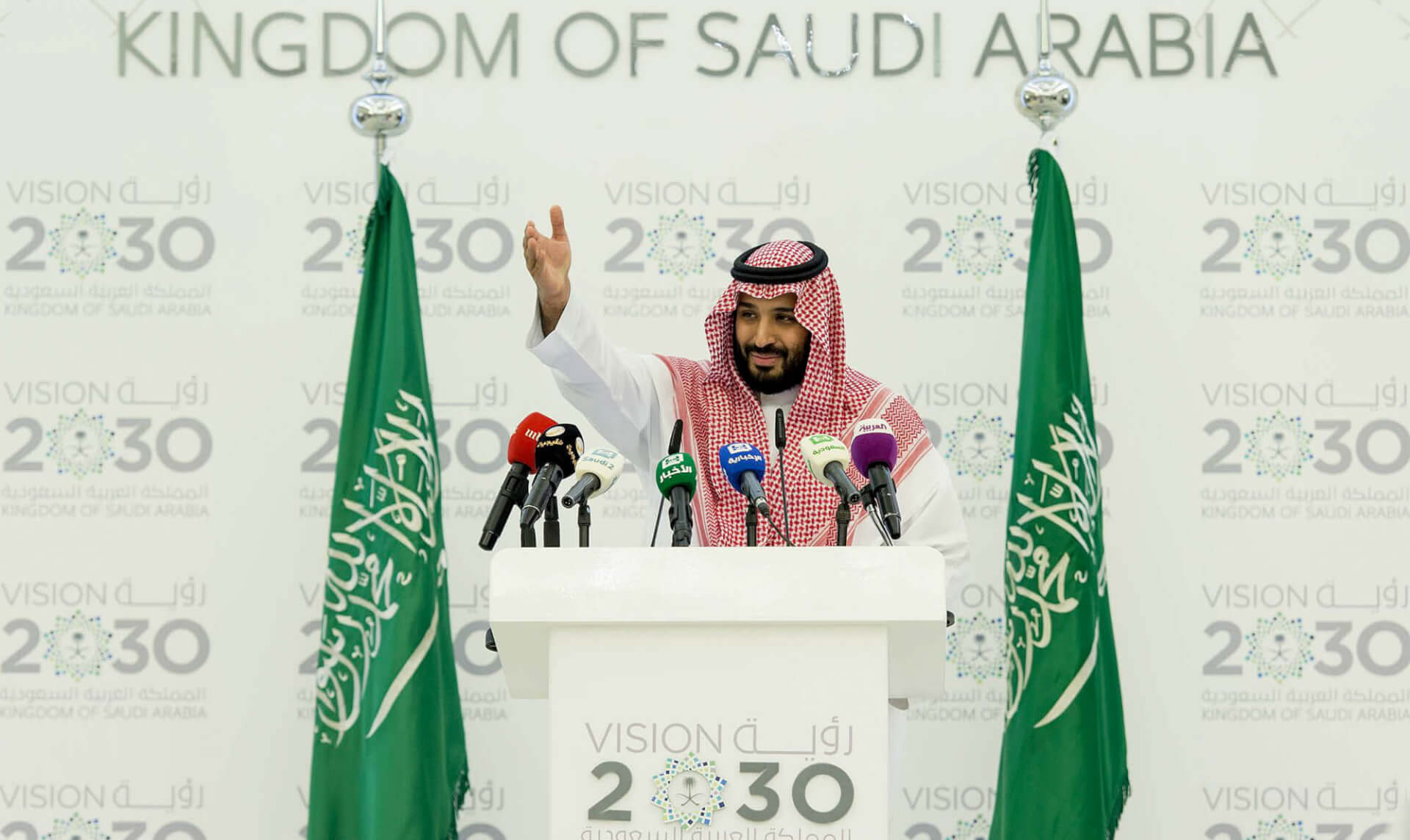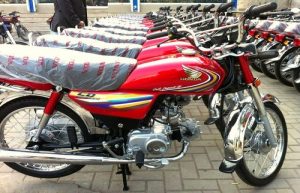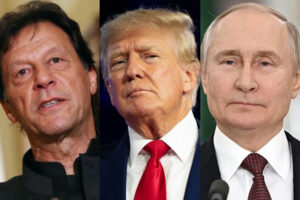Muhammad bin Salman, the Crown Prince of Saudi Arabia, has set forth an ambitious plan known as “Vision 2030” to diversify the nation’s economy and reduce its dependence on oil. Central to this plan is the development of the tourism industry, with several major projects already underway. This article delves into the key components of Vision 2030 and outlines the transformative projects set to change Saudi Arabia’s economic landscape.
Vision 2030: A Paradigm Shift
Vision 2030 is a comprehensive roadmap for the future of Saudi Arabia. At its core, the plan aims to:
- Diversify the economy by reducing reliance on oil revenues
- Develop the tourism industry to create new revenue streams
- Foster a vibrant society with a high quality of life for all citizens
- Cultivate an innovative economy that attracts global investment
To achieve these objectives, the Saudi Arabian government has launched a series of groundbreaking projects that will redefine the nation’s economic landscape. Here are some of the most notable projects in the tourism sector:
- NEOM: A Mega-City of the Future
- A $500 billion futuristic mega-city spanning 26,500 square kilometers
- Combines smart city technologies, renewable energy, and innovative infrastructure
- Aims to attract international investment and create a global hub for business, tourism, and innovation
- The Red Sea Project: A Luxury Tourism Destination
- A luxury tourism destination covering 28,000 square kilometers of pristine coastline and more than 90 untouched islands
- Offers sustainable, eco-friendly, and luxury accommodations
- Committed to conserving the area’s unique ecosystems and promoting sustainable tourism practices
- Qiddiya: The Entertainment Capital of Saudi Arabia
- A 334 square kilometer entertainment city located 40 kilometers from Riyadh
- Features theme parks, sports facilities, cultural attractions, and luxury resorts
- Aims to attract 17 million visitors annually by 2030
- AlUla: A Historical and Cultural Masterpiece
- A 22,500 square kilometer region rich in historical and cultural treasures
- Home to UNESCO World Heritage site Hegra, and ancient civilizations such as the Nabateans and the Dadanites
- Aims to develop the area into a global cultural and heritage tourism destination
- Amaala: The Riviera of the Middle East
- A luxury tourism destination focused on wellness, healthy living, and art
- Spanning more than 3,800 square kilometers along the Red Sea coast
- Offers high-end accommodations, art galleries, and world-class wellness retreats
Each of these projects has the potential to revolutionize Saudi Arabia’s economy and establish the nation as a premier tourist destination. However, the success of Vision 2030 depends on effective execution and sustained international investment.
Challenges and Opportunities
While Vision 2030 holds great promise, the plan also faces several challenges. Key among these are:
- Attracting international investment: Securing the necessary capital to fund these ambitious projects is crucial for success. The Saudi Arabian government must demonstrate the potential for long-term returns to attract global investors.
- Balancing tradition and modernity: As Saudi Arabia opens its doors to the world, the nation must strike a delicate balance between preserving its cultural heritage and embracing modernity.
- Managing environmental impact: The large-scale development of tourism infrastructure may place stress on the environment. Saudi Arabia must prioritize sustainable development to minimize ecological impact and maintain the natural beauty of the region.
- Navigating geopolitical tensions: Regional instability and ongoing geopolitical tensions may deter potential



